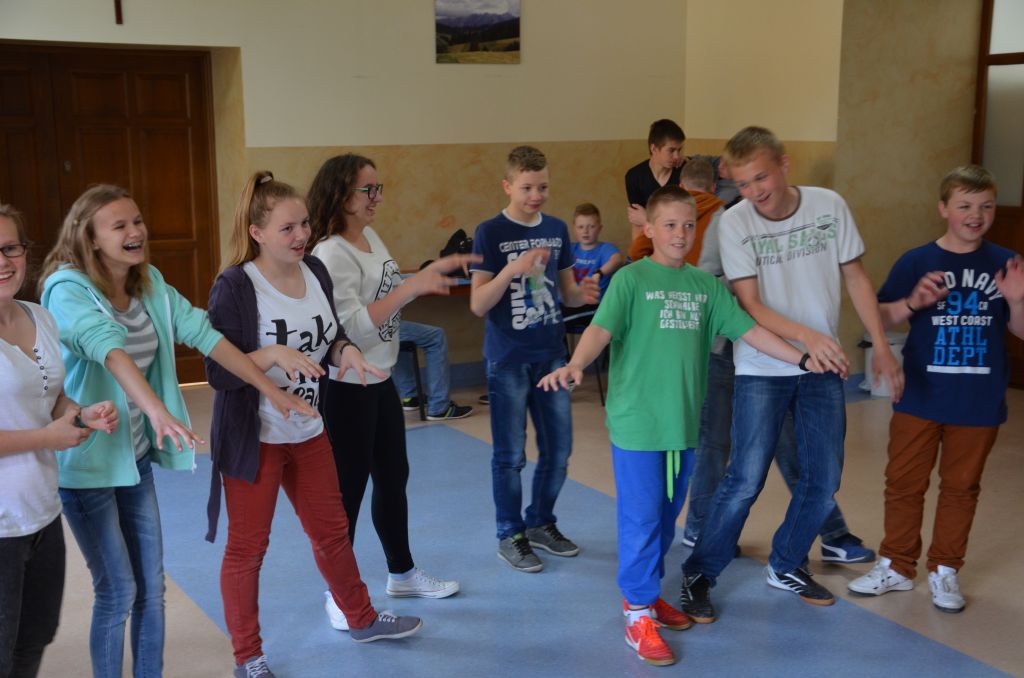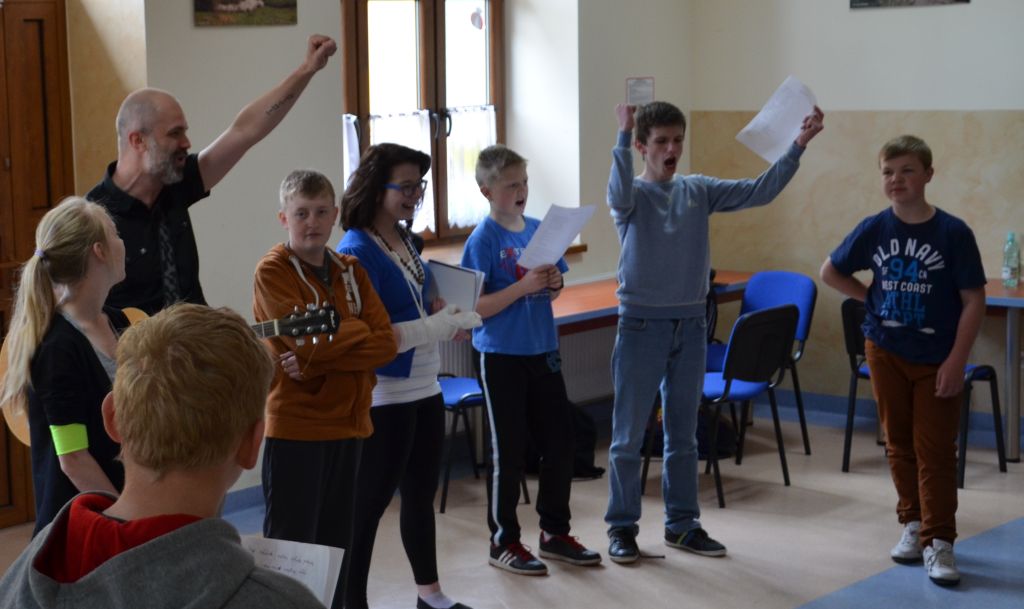Cultural Heritage
The big dog doesn’t bark
“The Big Dog Doesn’t Bark” is an educational initiative of the Villa Decius Association, which aims to combat discrimination and hate speech, as well as promote tolerance and level the playing field in access to education and culture in young people from small towns.
About program:
is an extension of the Villa Decius Association’s activities in the area of promoting tolerance and equalizing opportunities for young people from small towns. The aim of the project is to combat discrimination and hate speech through self-irony, comedy, music and film. The project involves the implementation of a series of five 5-day critical observation workshops, music workshops for youth and teachers in 5 small towns in Poland, as well as the development of a website, the publication of a project publication, the organization of improvisation performances with the participation of participants, and the recording and promotion of a music video. The premise of the project is to use the creative potential of young people from small towns in order to really combat discrimination and hate speech in communities at risk of exclusion, encourage young people to actively participate in public life and promote good practices. The project will involve professional comedy, music and film artists, who will be responsible for the quality of artistic activities.
One of the sample workshops is “making music together against hate speech.” “We started from the premise that the fight against hate speech, or rather hostility and contempt, must start at the local level.
There’s no need to bang the slogans ‘Let’s respect the Jews and the Roma’ over and over again, it’s better to simply show what would happen if you were in their shoes.” – says Joanna Pawluśkiewicz, writer, screenwriter and improviser, the originator of the workshop, in an interview with Gazeta Wyborcza.
As part of the summary of the “Big Dog Doesn’t Bark” project, a manual was created, which includes a discussion of the method, techniques and games to be used in classes with young people, as well as articles by presenters and experts.
“The big dog doesn’t bark” are educational initiatives of the Villa Decius Association aimed at combating discrimination and hate speech.
Gallery:
















